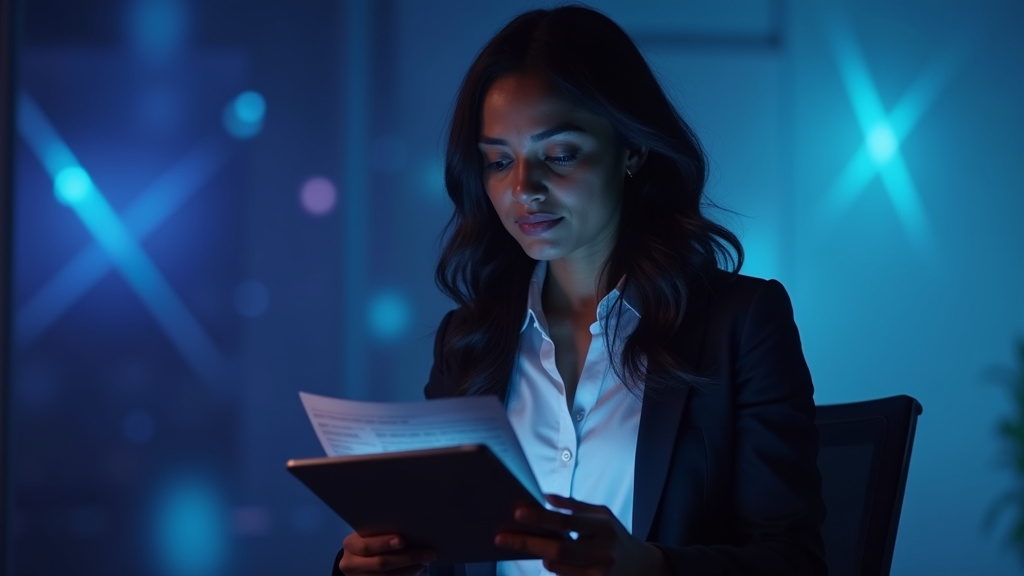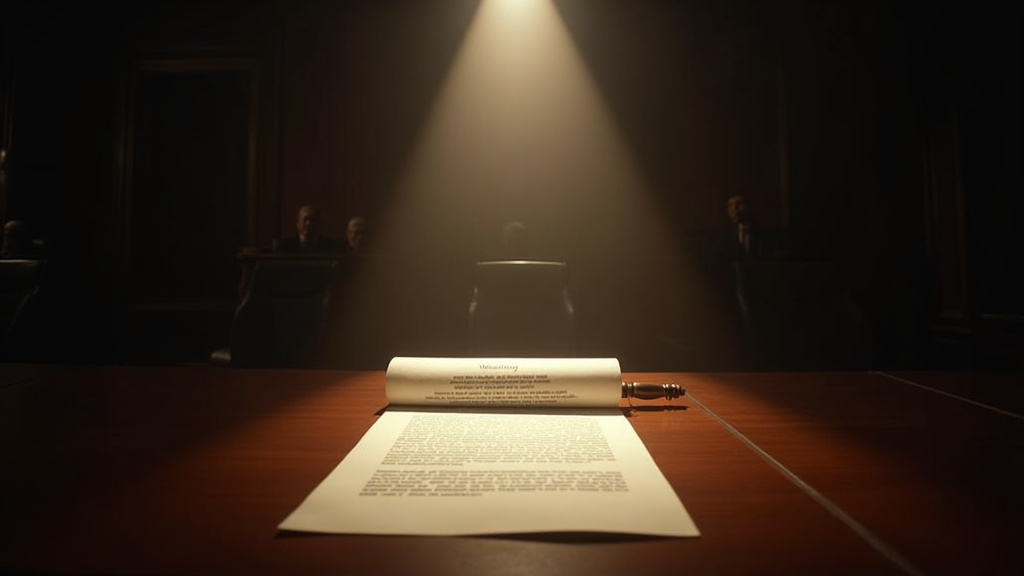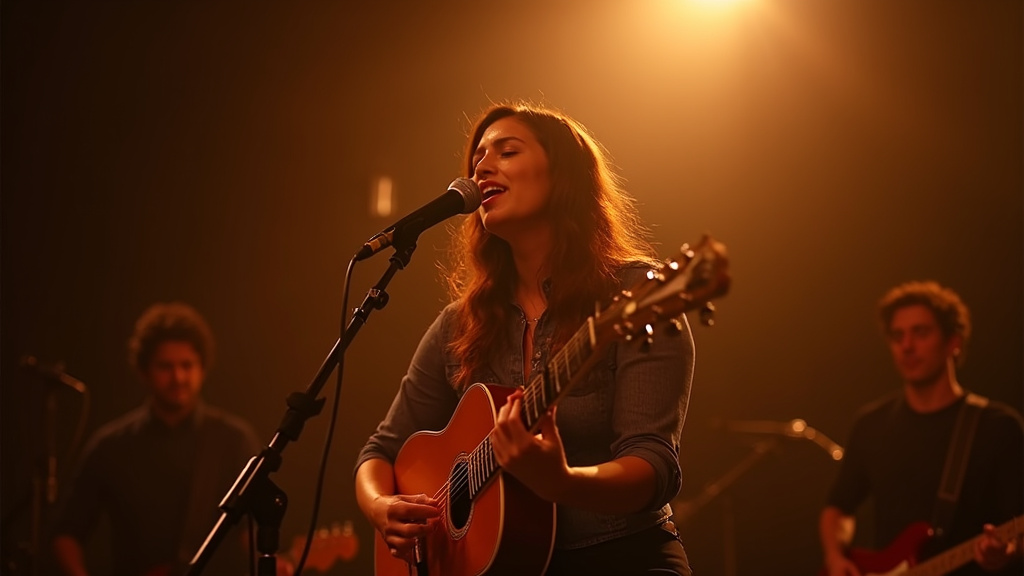Introduction
NeuralSynth, a prominent leader in artificial intelligence technology, officially launched its highly anticipated AI music generation platform, ‘ChorusNet,’ to the public on January 20, 2025. The debut occurred following a live demonstration at the prestigious FutureTech Expo held in Las Vegas. This unveiling marks a significant milestone in the application of AI to creative fields, promising unprecedented capabilities in music creation. However, the platform’s introduction has been met with immediate and strong opposition from various artist advocacy groups, most notably the International Federation of Musicians (IFM), raising complex questions about technology’s role in art and the future of the music industry.
ChorusNet: Technology and Vision
ChorusNet represents NeuralSynth’s flagship effort in the creative AI space. The platform utilizes sophisticated machine learning models trained on a vast dataset comprising millions of musical tracks. This extensive training allows ChorusNet to generate original, full-length musical pieces based solely on text or melodic prompts provided by the user. From intricate orchestral arrangements to contemporary pop beats, the platform aims to offer a versatile tool for both professional musicians and amateur enthusiasts. During the Las Vegas demonstration at the FutureTech Expo, NeuralSynth showcased ChorusNet’s ability to rapidly produce varied musical styles and moods, highlighting its potential for speed and flexibility in the creative process. NeuralSynth’s stated vision for ChorusNet is not to replace human artists but to augment their capabilities, serving as a collaborative partner that can help overcome creative blocks, generate initial ideas, or handle time-consuming production tasks. They emphasize that the platform is designed to assist and enhance, rather than supersede, the role of human creativity in music composition and production.
Artist Federation’s Strong Opposition
The launch of ChorusNet has ignited a fierce debate within the music community, particularly among organizations representing professional musicians. The International Federation of Musicians (IFM) has emerged as a vocal critic, expressing profound concerns regarding the implications of such powerful AI tools. The IFM‘s opposition centers on several key areas:
* Copyright Issues: A primary concern revolves around the copyright status of music generated by AI. Questions persist about who owns the copyright – the user, the AI developer (NeuralSynth), or is it uncopyrightable? Furthermore, there are worries about whether the training data, which includes millions of tracks, was used appropriately and whether existing copyrighted works could inadvertently be replicated or too closely imitated by the AI, leading to legal disputes and devaluing original human compositions.
* Fair Compensation: Musicians rely on royalties and performance fees for their livelihoods. The IFM argues that AI-generated music, which can be produced cheaply and at scale, could flood the market, potentially driving down the value of human-created music and making it harder for artists to earn a living wage. They are demanding clarity and guarantees regarding how artists will be compensated, if at all, when AI tools trained on their work are used commercially.
* Devaluation of Human Creativity: Beyond economic concerns, many artists and the IFM fear that widespread adoption of AI music generation could fundamentally devalue the unique skill, emotion, and human experience inherent in traditional music creation. They argue that the nuances, cultural context, and personal expression that define great music are inimitable by algorithms, and that focusing on AI output could diminish appreciation for human artistry. The IFM sees ChorusNet and similar tools as a direct threat to the artistic profession itself.
NeuralSynth’s Stance and Mitigation Efforts
In response to the backlash, NeuralSynth has attempted to address some of the concerns raised by groups like the IFM. The company highlights that ChorusNet offers various features designed to integrate the platform into the existing music ecosystem rather than disrupting it entirely. Notably, NeuralSynth states that the platform includes royalty-sharing options. While specific details of these options are not yet fully public, NeuralSynth claims they are exploring models where human contributors (whether artists whose work was used in training data or human users who refine AI output) could receive some form of compensation. Furthermore, NeuralSynth reiterates its core message that ChorusNet is intended to augment, not replace, human artists. They frame the technology as a tool for empowerment, providing artists with new avenues for creativity and efficiency, rather than a substitute for their talent. The company insists that the human element remains crucial for directing the AI, refining its output, and injecting personal artistic vision.
Broader Industry Context
The debate surrounding ChorusNet is not isolated. It is part of a larger, ongoing conversation about the role of artificial intelligence across all creative industries, including writing, visual arts, and film. As AI models become increasingly capable of generating outputs that mimic human creativity, questions about authorship, ownership, ethics, and economic impact are becoming increasingly urgent. The music industry, with its complex web of copyrights, performance rights, and distribution channels, provides a particularly fertile ground for these challenges to manifest. Regulatory bodies worldwide are beginning to grapple with how to update existing intellectual property laws to account for AI-generated content, a process that is still in its nascent stages.
Future Outlook
The launch of ChorusNet by NeuralSynth represents a pivotal moment for the music industry. While the technology offers exciting potential for rapid creation and exploration, the strong opposition from artist groups like the International Federation of Musicians (IFM) underscores the significant ethical, legal, and economic hurdles that must be addressed. The success and integration of ChorusNet, and indeed the future trajectory of AI in music, will likely depend on finding a balance that allows for technological advancement while protecting the rights, livelihoods, and value of human artists. The coming months are expected to see continued dialogue, and potentially conflict, between tech developers like NeuralSynth and artist advocates, shaping the landscape of music creation and consumption for years to come. The outcomes of these discussions could set precedents for AI’s impact on other creative fields.





